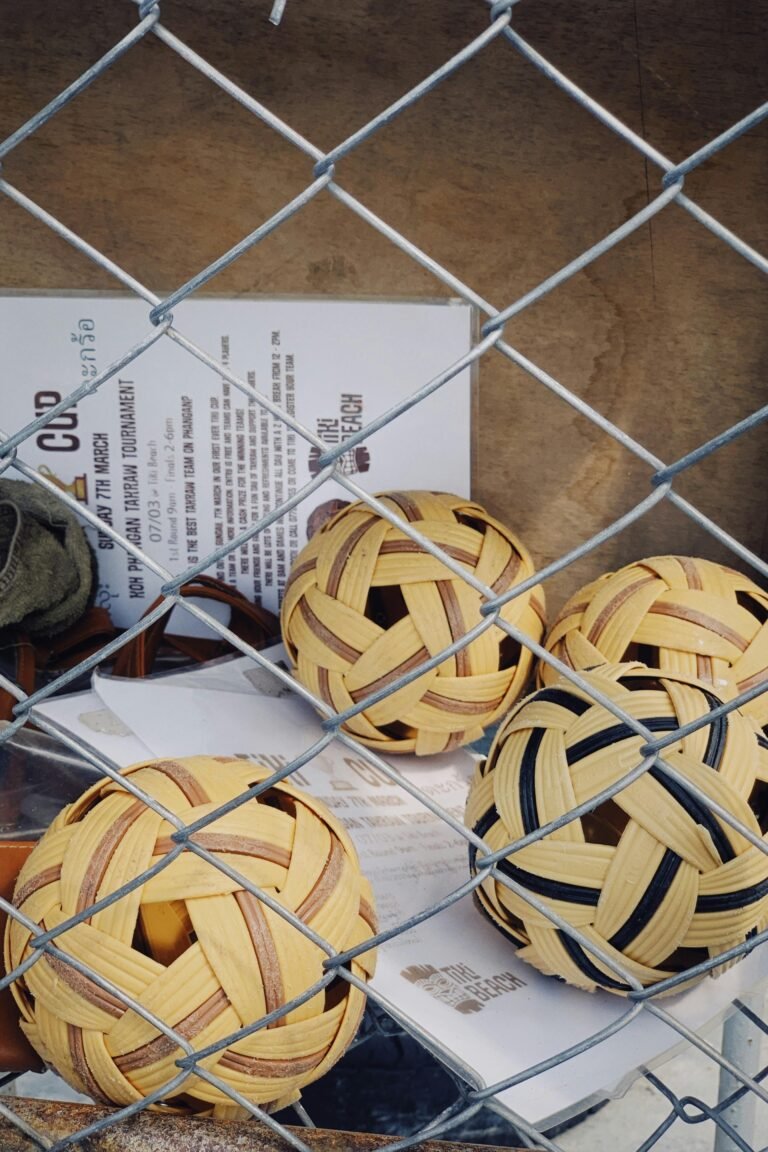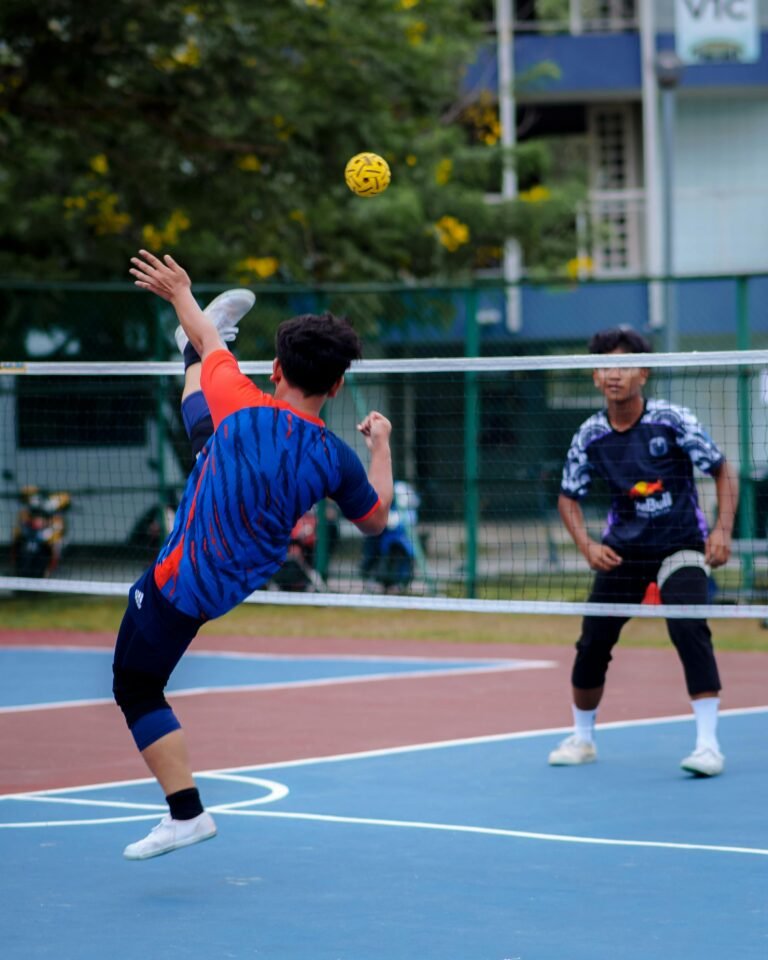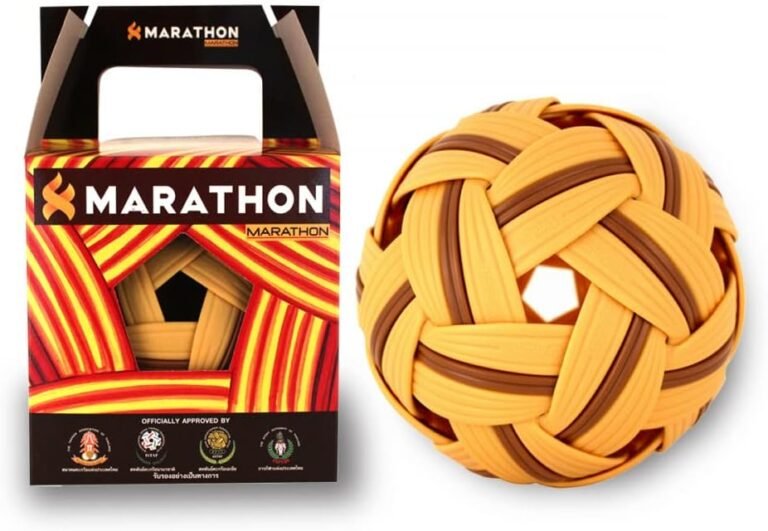
The Origins and Evolution of Sepak Takraw
Sepak takraw, an exhilarating sport characterized by acrobatic kicks and fast-paced action, has deep historical roots in Southeast Asia, particularly within the regions of Malaysia and Thailand. The game is believed to date back several centuries, with its earliest mentions appearing in literature from the 15th century. Originally known as “sepak raga,” it was primarily played by royal courts as a recreational activity to enhance agility and combat skills among young nobles.
The evolution of sepak takraw from traditional kick volleyball into its current competitive form is a fascinating journey shaped by cultural influences and historical contexts. The sport initially utilized a rattan ball and was played in a circular formation. Over the years, both the techniques and equipment have transitioned to accommodate the increasing demands of competition and viewer engagement. This transformation is evident with the introduction of the plastic ball, which is now the standard in official matches, along with a set of standardized rules that governs gameplay.
Notably, the establishment of formal regulations occurred in the mid-20th century when the Asian Sepak Takraw Federation was founded in 1979, formalizing the rules and facilitating the organization of numerous international tournaments. This development marked a significant turning point in the sport’s history, transitioning it from traditional games played at local levels to a recognized international competition, culminating in appearances at events such as the Asian Games and the SEA Games.
As its popularity surged globally, sepak takraw began to draw attention from sports enthusiasts and organizations alike, further fueling its evolutionary path. Today, the sport is not only a source of national pride in Southeast Asia but also a symbol of cultural exchange and sporting spirit. Its growth illustrates the unique blend of tradition and modernity, showcasing how regional sports can evolve while preserving their historical essence.
The Art of Play: Techniques and Strategies in Sepak Takraw
Sepak takraw, a dynamic sport originating from Southeast Asia, presents players with numerous techniques and strategies that are essential for effective gameplay. At its core, the sport requires a high level of physical agility, coordination, and precision. One of the fundamental skills players must master is the various ways to strike the ball. The primary techniques include the sepak, where players use their feet to kick the ball, and the headers, which involve using the head to control and redirect the ball. These striking methods demand not only accuracy but also an understanding of the ball’s trajectory and spin.
Playing styles in sepak takraw vary between individual players and teams, significantly influencing gameplay. Some players adopt a defensive strategy, focusing on strong positioning and anticipating their opponent’s moves, while others might prefer an aggressive approach, actively seeking to exploit openings in the defense. This duality in playing styles necessitates clear communication among team members, as effective strategy execution often relies on understanding partners’ strengths and weaknesses.
Moreover, the format of play—be it singles, doubles, or team events—affects the tactics employed on the court. In singles matches, players rely heavily on individual skill, while doubles and team formats allow for collaboration, creating opportunities for strategic plays. Each format requires specific training and drills to enhance players’ abilities in communication, teamwork, and coordination.
Aspiring players can benefit from targeted training tips and drills that focus on agility, footwork, and ball control. Regular practice sessions that include partner drills, footwork exercises, and simulated match scenarios will build both individual competence and team dynamics. By honing these skills, players can achieve mastery in the exhilarating sport of sepak takraw, demonstrating artistry and strategic prowess on the court.



